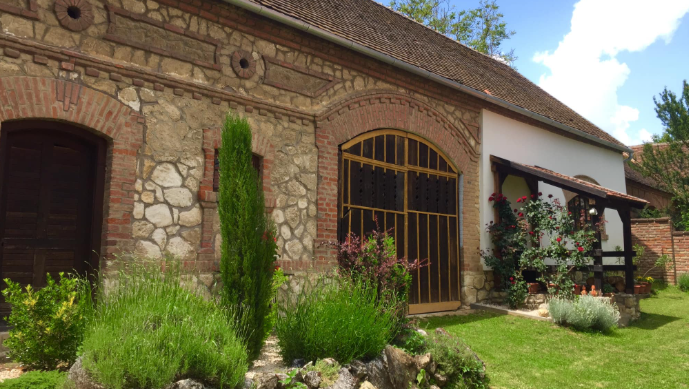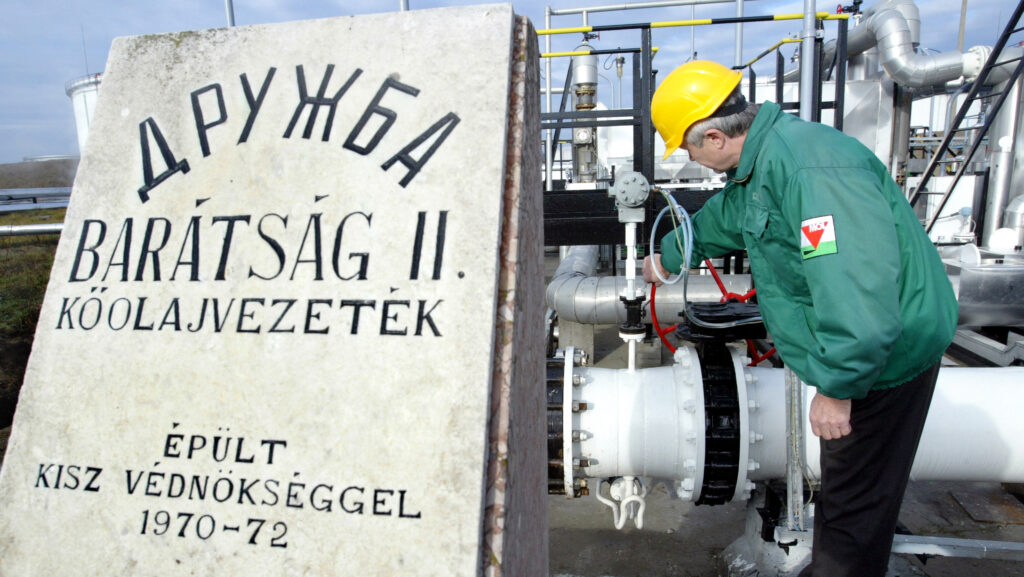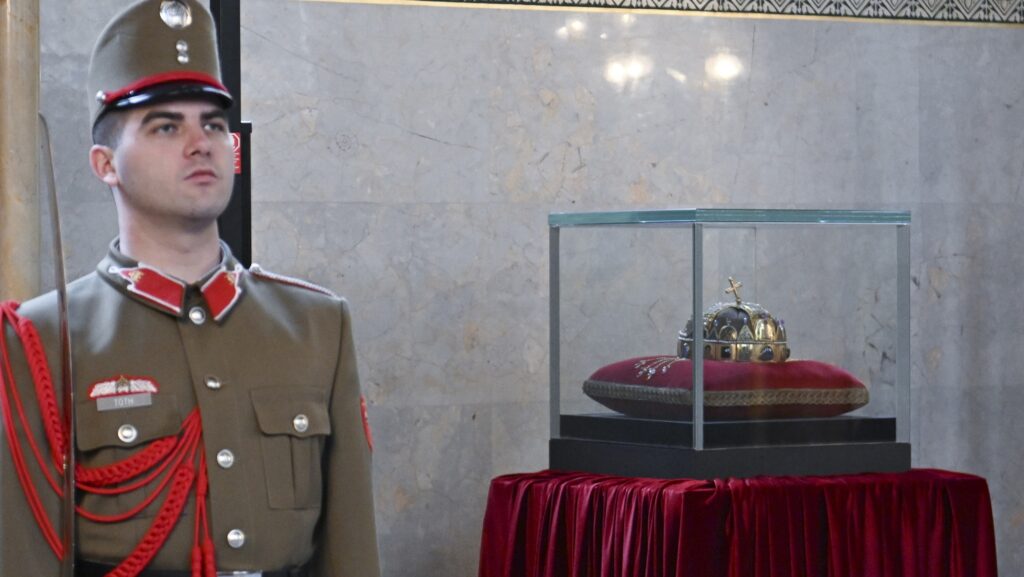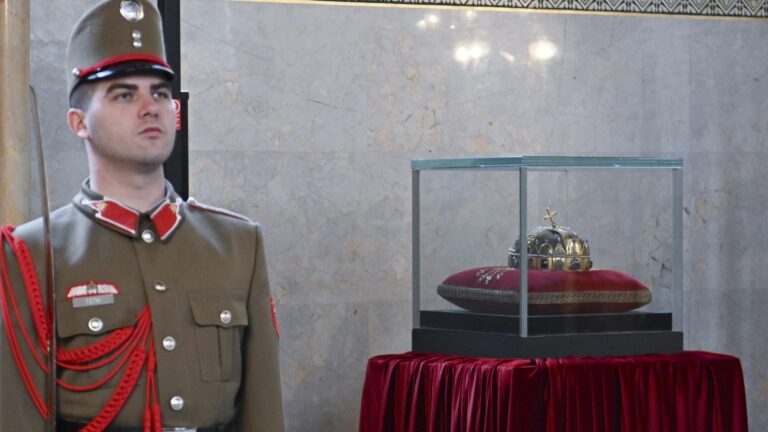The following is an adapted version of an article written by Orsolya Ferenczi-Bónis, originally published in Magyar Krónika.
Béla Hadobás, the owner of Lavender Lodge and Barn Theatre, told the PajtaKult crew about the history of the settlement and the building in the listed village site of Orfű, Tekeres.
The village of Orfű is located at the northwestern slopes of the Mecsek Mountains, near Pécs, in the listed, formerly independent site of which there is a traditional guesthouse: Lavender Lodge and Barn Theatre. The authentically restored Swabian bourgeois farmhouse not only blends in with the landscape but is also closely connected to it. ‘The building is not only influenced by the ethnographic culture of the area—the barn also has a story to tell,’ owner Béla Hadobás recounts.
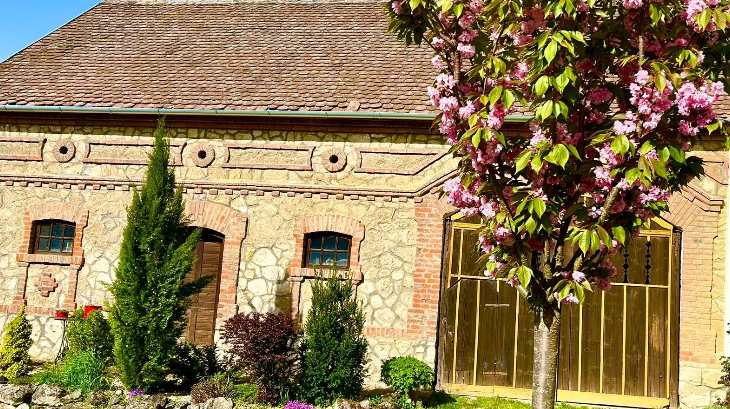
The barn would tell the visitor a story about the Swabians of Tekeres, including the noble farmer and his family who lived in the building back in the day. The protected streetscape of the small village is a fascinating sight. On either side of the single street are beautiful late 19th-century, turn-of-the-century façades and spacious stone farm buildings.
‘Those who do not know and value the past do not deserve the future’
There is a reason why these barns and sheds were built of stone. The Swabians living here may have drawn inspiration from barns in Italy as well as Germany. The farm buildings were all tripartite, usually square or L-shaped barns, and were always located at the end of the house, perpendicular to it.
Only the outer stone-built part is visible from the street frontage, but when we enter the courtyard, we can see that the other half is plastered—the barns were built in a common-sense manner, both in terms of their construction and their purpose.
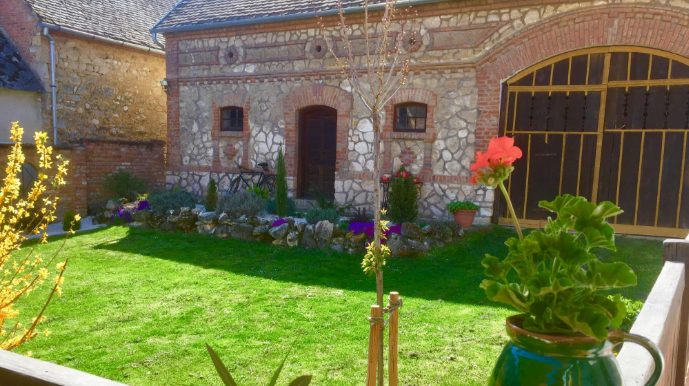
‘The Swabians were careful to have a beautiful barn, but their choice was not only aesthetic but also functional,’ Béla explains. ‘The barn consisted of a stable, a threshing floor, a coach house, and a straw barn, but the stable was always damp, so stone was the only choice for its construction.’
There are three large rooms in the front part of the former house of a well-to-do farmer. The Tulip, Wild Rose, and Rosemary rooms are furnished in the old style. The barn in the courtyard has a barn theatre, a craft room, and an authentic farmhouse kitchen. In the courtyard, there are fruit trees and a kitchen, and an herb garden.
Béla and his wife had a long-standing dream to create a traditional accommodation. They fell in love with the barn, and even as they began renovating it, they were amazed at how many people stopped to visit and learn about the history of the building.
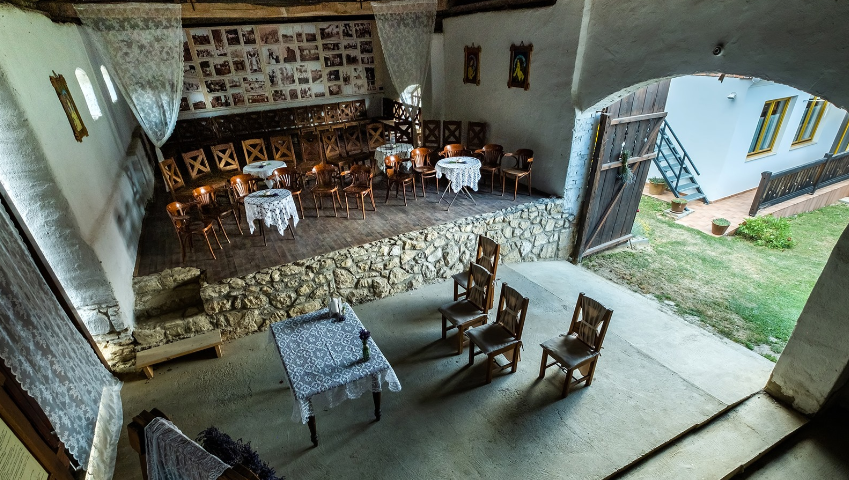
The couple feels that by restoring it, they have saved an asset for future generations. As their motto proclaims: ‘Those who do not know and value the past do not deserve the future.’
Related articles:
Click here to read the original article.

